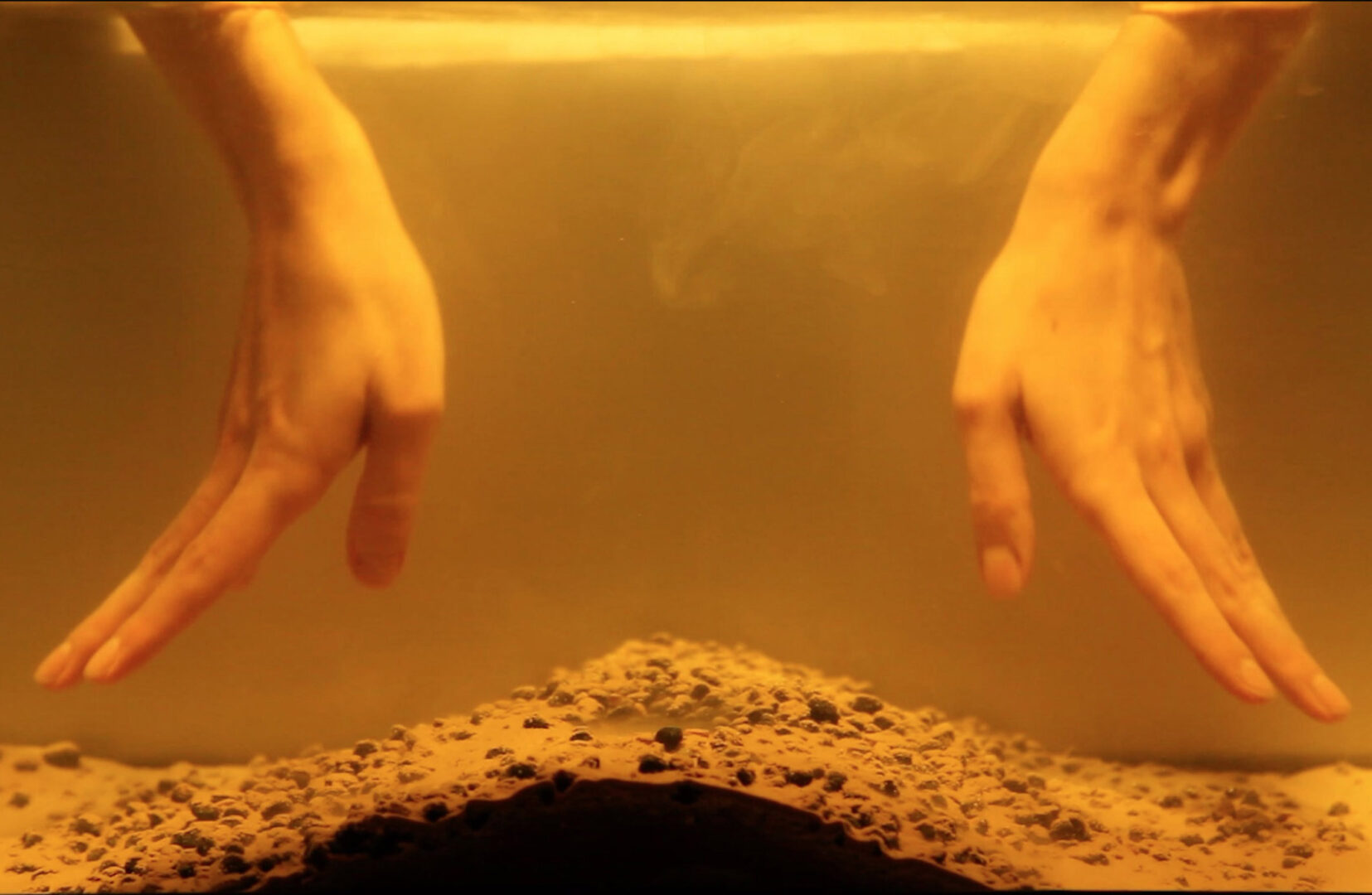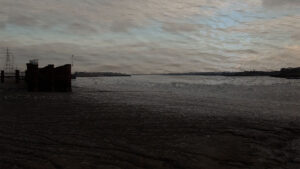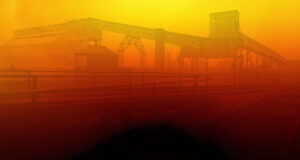
“In the long run we are all dead”. This maxim from economist John Maynard Keynes’s 1923 Tract on Monetary Reform is to this day the subject of heated discussion by both supporters and critics of his thinking. The debate ranges from how much it legitimises the inconsequential nature of state debt or is also a call for the economy to risk doing more in the present than explain past phenomena. But I suspect that this quotation has become so well known not simply because of the importance of the economy. Although a truism, the effect of the phrase is to give form to a fateful fact that we customarily ignore, while its recall can immediately transform the meaning of our cravings and anxieties.
In the long run, we will all be dead of course. Everyone. Me and you. Our friends and families. Our enemies. People we have never seen. Our countries, our civilisations. All dead entered into the ledger of history and then not even that, for our history will also die, sooner or later.
To think about this changes the temporal perspective for assessing one’s actions and the events of the present. “Time became buried in space,” the artist Marina Camargo told me in a letter about her recent experience. An overview of her work will often in fact reveal it to contain signs of forms of registering, cataloguing, mapping, projection, and construction of territories and landscapes. The current historical-critical context underlying the choice of each of these signs includes confirmation of the violent arbitrariness that becomes tangible each time a border between countries is decided or consideration of nature’s subjugation to the “progress” of western civilisation. Camargo is not just concerned with highlighting the effects of past gestures on the present, however, nor is it exactly at the core of her visual and conceptual operations.
Marina Camargo also puts them into different historical perspectives by cutting, shifting, transferring, covering, melting, narrating, blurring, sounding, correcting, multiplying, or folding the signs of how space is shaped. The passage of time often seems to have been accelerated to rediscover the traces of human action as a ruin, as sediments (vestiges, traces, shards) of a lost past. This horizon will be where human actions and natural processes of erosion and sedimentation will merge together to become indistinguishable; where dreams of power and control will be revealed as another breath in the relentless entropic discharge that leads us, literally, to the end of time. Everything dies in its own time. But also, as Camargo writes, “everything becomes natural in its own time”, becoming a “fold of nature”.
The film Beckton Alps, produced between 2012 and 2018, is the most complete exercise of this thinking. Here the artist refracts the light and shade of the history of an artificial mountain of the same name on the banks of the River Thames in London, which covers the remains of one of the largest gasworks in Europe – whose toxic waste accumulated since the 19th century to form a pile of rubble that became the source of the nickname “alps”. Society then began to overlay new symbolic layers and more or less functional uses to the space, which Marina Camargo excavates in an archaeology of the present. Excavations of existing ruins and also those that may come into existence or disappear. This operation proves to be both critical and inventive, for expanding the horizons of time, leading to a deeper relationship with the place where one is, is both a conceptual exercise and a poetic undertaking.
banks of the River Thames in London, which covers the remains of one of the largest gasworks in Europe – whose toxic waste accumulated since the 19th century to form a pile of rubble that became the source of the nickname “alps”. Society then began to overlay new symbolic layers and more or less functional uses to the space, which Marina Camargo excavates in an archaeology of the present. Excavations of existing ruins and also those that may come into existence or disappear. This operation proves to be both critical and inventive, for expanding the horizons of time, leading to a deeper relationship with the place where one is, is both a conceptual exercise and a poetic undertaking.
 By engaging in such exercises and undertakings the artist is defining a practice that is not without its forerunners. In Brazilian literature one might think of Euclides da Cunha, Carlos Drummond de Andrade and João Guimarães Rosa. From the global art world, the writings of Robert Smithson inevitably come to mind. These highly disparate authors share an ability to find evocations of violence and possibility in the same gestures, understanding that the intentions of the powerful never fail to be reinvented by those with urgency and potential for life, while the most rigorous desires of control and planning are fated to merge together with acts of destruction and war in the long end of the principles of life on this tortured earth.
By engaging in such exercises and undertakings the artist is defining a practice that is not without its forerunners. In Brazilian literature one might think of Euclides da Cunha, Carlos Drummond de Andrade and João Guimarães Rosa. From the global art world, the writings of Robert Smithson inevitably come to mind. These highly disparate authors share an ability to find evocations of violence and possibility in the same gestures, understanding that the intentions of the powerful never fail to be reinvented by those with urgency and potential for life, while the most rigorous desires of control and planning are fated to merge together with acts of destruction and war in the long end of the principles of life on this tortured earth.
English version: Nick Rands
Texto de Paulo Miyada, escrito em ocasião da exposição individual de Marina Camargo Antes, e ainda agora (2018)